Published Jan 23, 2019
Inside the Nebula Class Starship
Go inside the Nebula class starship, one of Starfleet's ultimate multi-mission vessels

StarTrek.com
The Nebula class starship was one of the ultimate multi-mission vessels in Starfleet. Covert, scientific, tactical, the Nebula class could adapt to almost any task given to it.
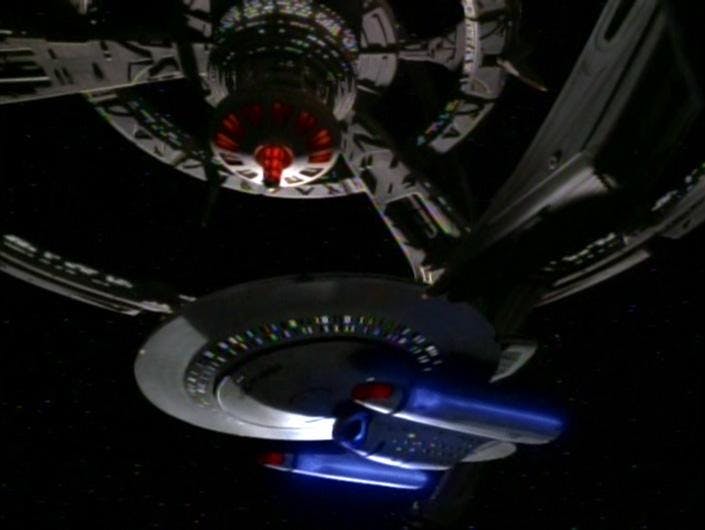
StarTrek.com
Nebula Notables
At a length of 442 meters and a maximum speed of warp 9.5, Nebula class starships met the standards for Federation ships of the time. It featured the average components of Starfleet ships, a saucer section, a secondary hull and two nacelles. However, the Nebula also featured a distinctive pod on the aft dorsal section. Only two versions of this pod have been seen. The first consisted of a large disc with two pylons attaching to the top of the secondary hull. It was similar to the 20th century AWACs aircraft in shape and look of the disc. The other pod was more triangular in design. This iteration seemed to be the most-common version of the class in the mid to late 24th century.
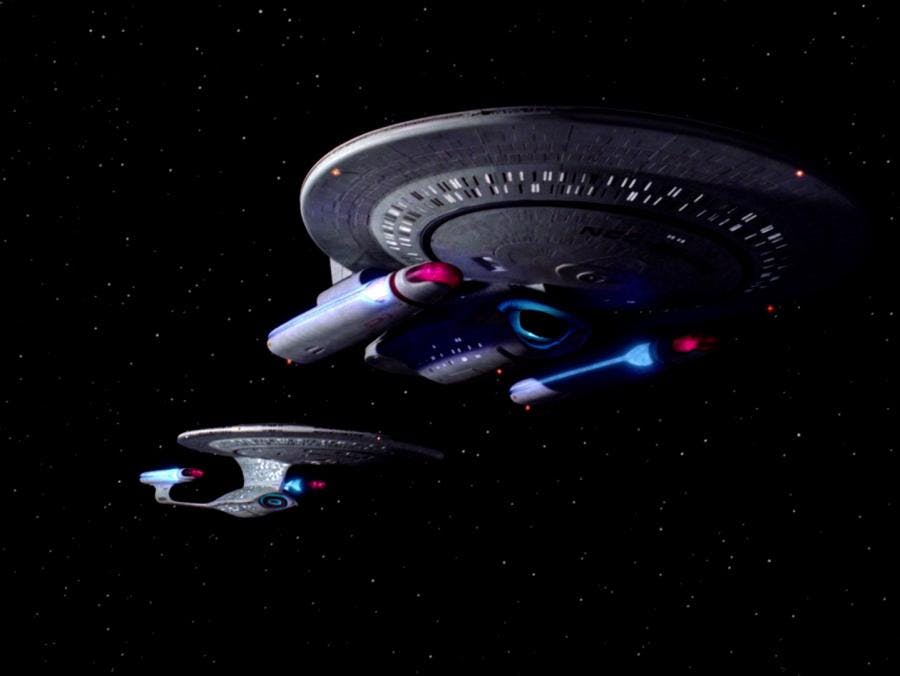
StarTrek.com
Another feature of Nebula class ships in the 2360’s, was the lack of prominent impulse engines, as well as a more concave secondary hull and larger deflector dish than the Galaxy class. The impulse engines on the back of the saucer output very low impulse emissions and ion trails. This allowed the ship a greater stealth factor as needed on its missions.
Phoenix Rising
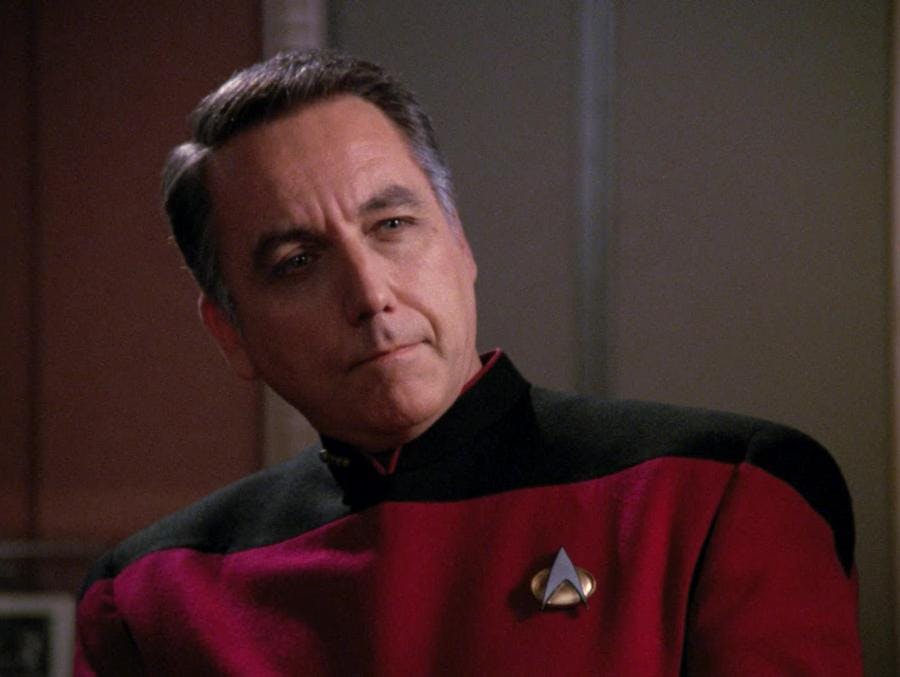
StarTrek.com
One of the early noted Nebula class starships was the U.S.S. Phoenix NCC-65420, named for Zefram Cochrane’s historical warp ship. In 2367, Captain Benjamin Maxwell took his ship on a quest that could have resulted in another war between the Federation and the Cardassian Union. A veteran of the first Cardassian War, Maxwell lived through the trauma and turmoil of the conflict, including the loss of his family. He served with Enterprise transporter chief Miles O’Brien, with O’Brien taking over as Maxwell’s tactical officer on the U.S.S. Rutledge. This bond would prove invaluable in ceasing the possible hostilities to come.
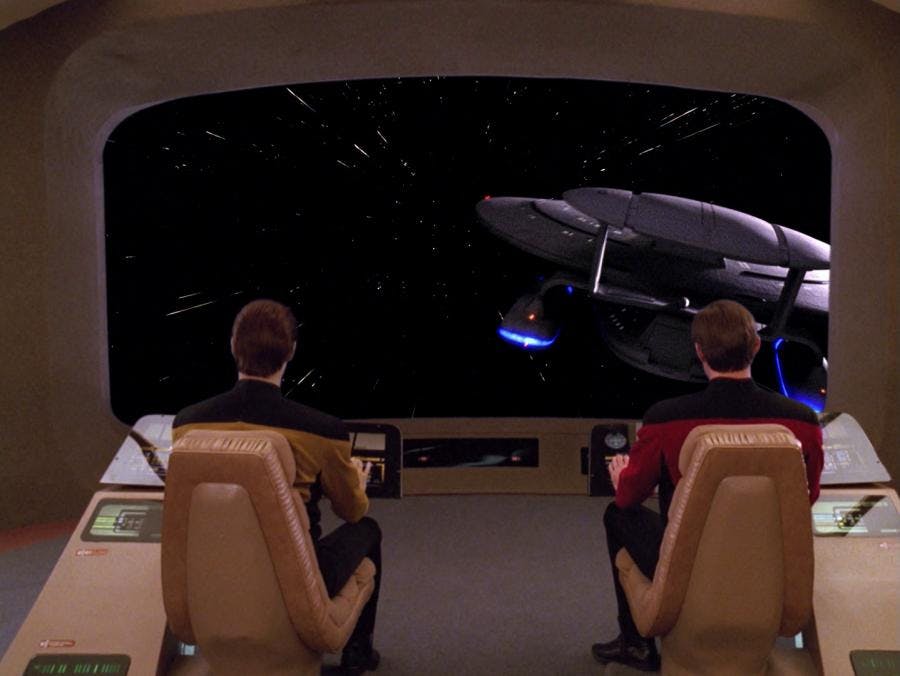
StarTrek.com
Maxwell, embittered by the war, was convinced that the Cardassians were arming for a new offensive. He believed transports, operating with the ability to jam scanners, were stocking military supply ports disguised as science stations in key strategic sectors. Without authorization, he took the Phoenix in attempt to deal a preemptive strike to these Cardassian installations. The Phoenix was as fast and as well-armed as a Galaxy class ship, and being a state-of-the-art vessel, it inflicted serious damage. Maxwell destroyed several vessels on his rampage before the Enterprise was able to catch up.
Maxwell met with Captain Picard to explain himself. He did not trust the bureaucracy to take timely action against this which, in his view, was a very clear threat. Picard believed that it was revenge for his family. Maxwell denied the allegation and left, but not before reuniting with O’Brien.
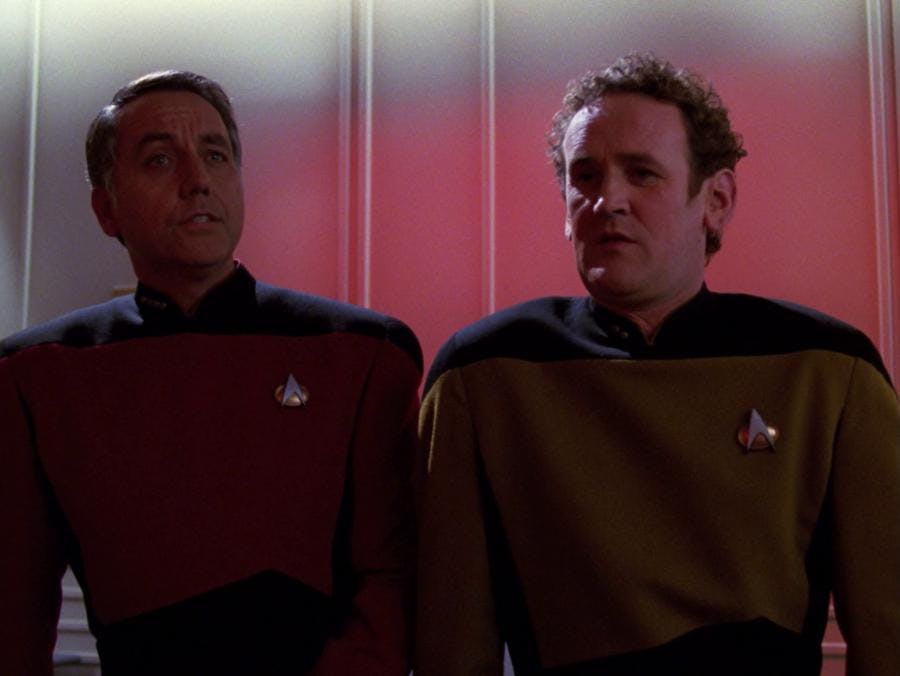
StarTrek.com
Picard allowed Maxwell to retain command, but this turned out to be a mistake. The Phoenix broke formation and went after another supply ship. Maxwell wanted Picard to forcibly board the ship or else he would destroy it. It was an ultimatum, but fortunately Chief O’Brien had a trick up his sleeve. The Phoenix had a small 1/50th of a second gap in the shields due to its high energy sensor sweeps. O’Brien was able to beam over and confront Maxwell in his ready room. It was a tense situation, but O’Brien convinced Maxwell to stand down and surrender to the Enterprise. The Phoenix and Enterprise returned to Federation space together, having nearly started and ended a war.
Data’s Command
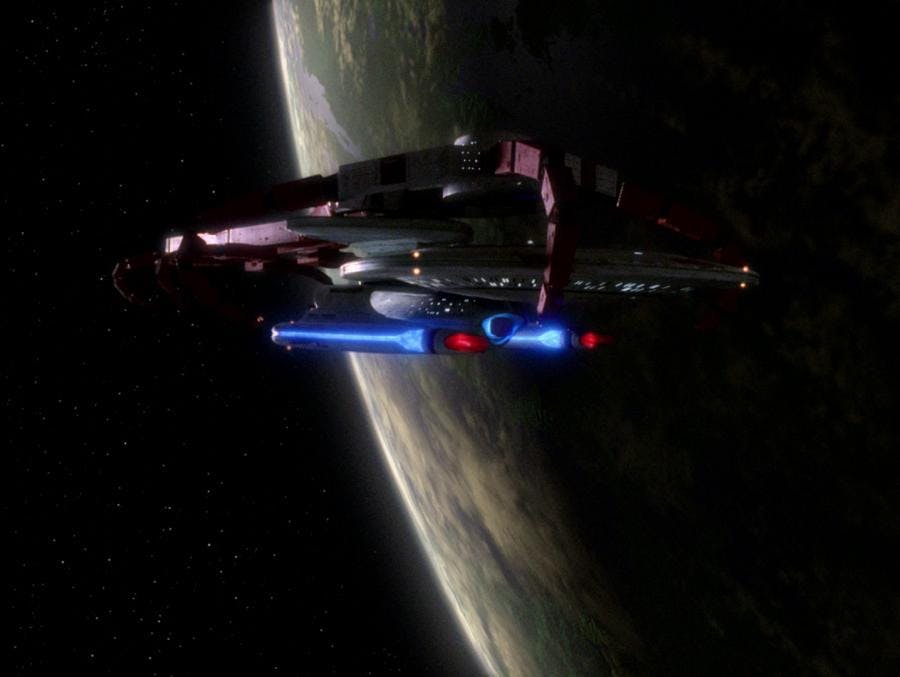
StarTrek.com
The U.S.S. Sutherland was another legendary Nebula class vessel. It would feature the newly redesigned “triangular” sensor pod on the aft dorsal section. Lt. Commander Data would face new challenges as master of the vessel for a brief period. In 2368, the Klingon Civil War was threatening to draw in its surrounding neighbors. The Federation wanted to prevent interference and assistance from the Romulan Star Empire. However, one major issue was how to counter the Romulan cloaking device. Starfleet had no way to detect the cloaked ships until Lt. Commander Geordi La Forge conceived the tachyon detection grid. A fleet of starships would form a web of tachyon particles and any cloaked Romulan ships passing through the network would be spotted.
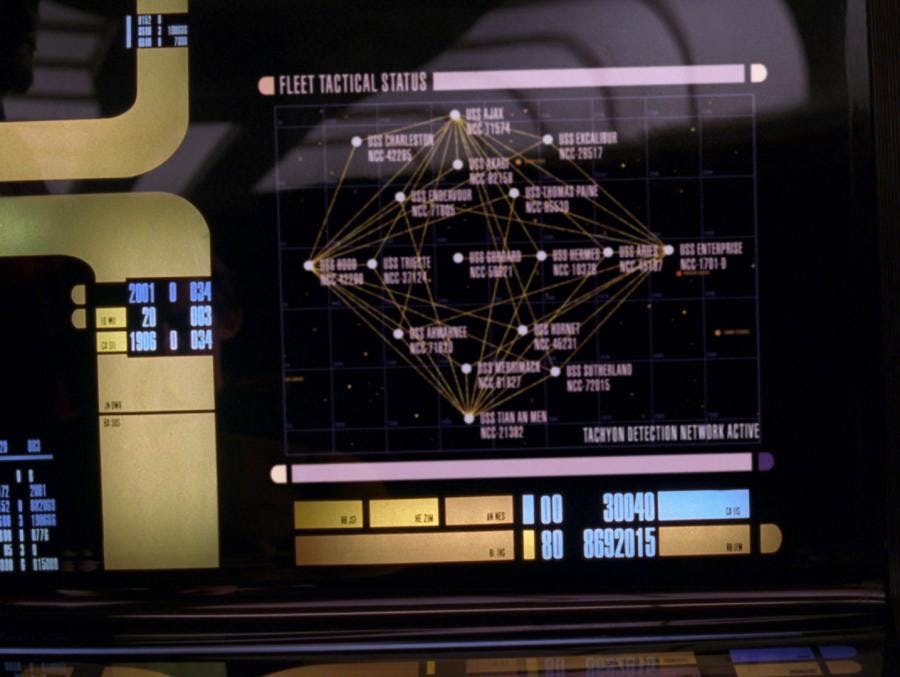
StarTrek.com
This flotilla needed personnel. Some Enterprise bridge officers were given temporary command of ships needing captains, one of them being the Sutherland. Data was transferred to it, still in drydock. He faced some resistance from the crew, particularly Lt. Commander Hobson. He objected to having an android commanding officer, nearly to the point of insubordination. Nevertheless, Data persisted and, having no emotions, worked through the issues.
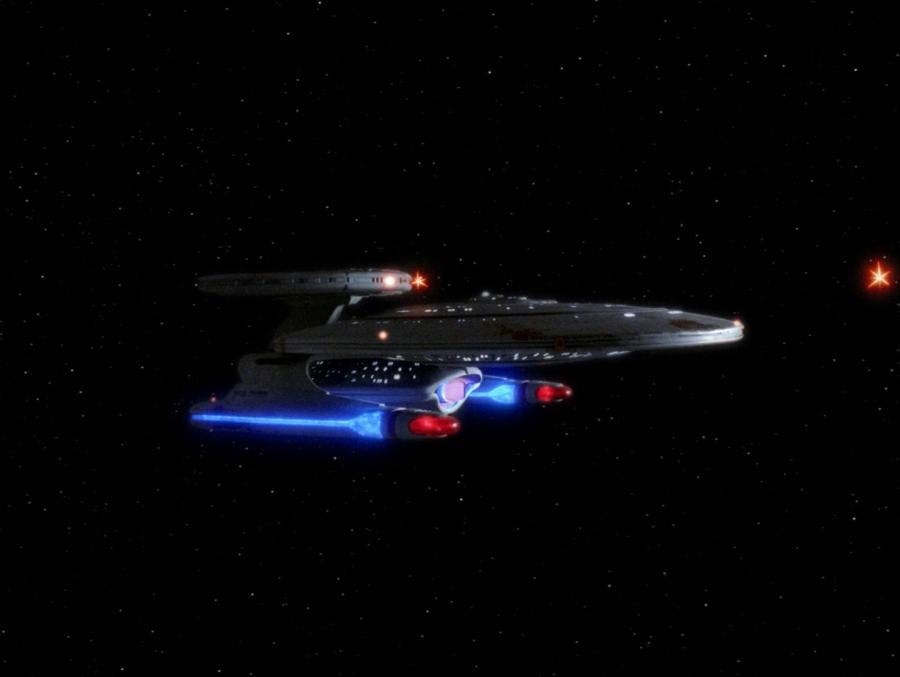
StarTrek.com
The blockade was set, but the Romulans figured out the detection plan. In an attempt to run their ships through, they tried to disable it at the Sutherland because of its android captain. This turned out to be the worst decision as Data saw through their scheme and caught the Romulans red-handed. Data proved himself to be a competent and capable captain.
A Sky Full of Nebulae
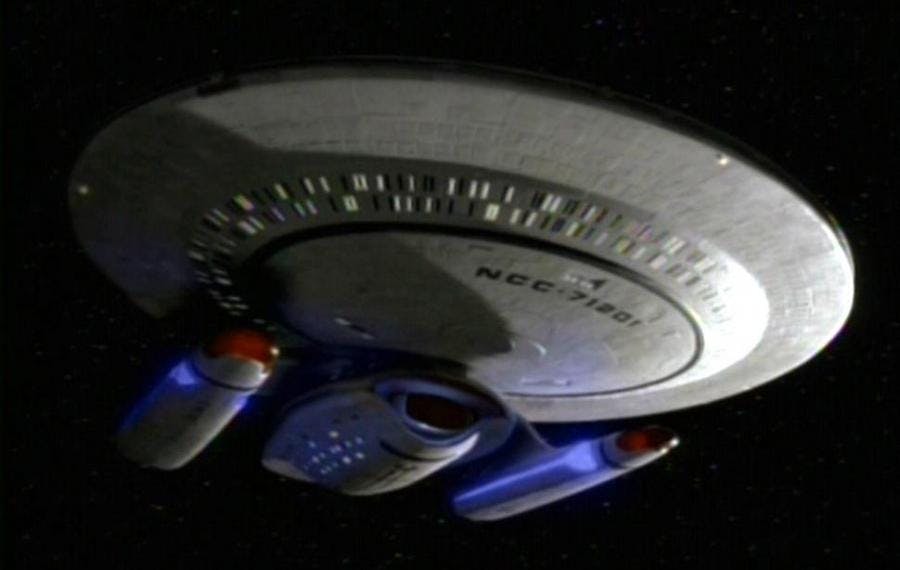
StarTrek.com
The Nebula class would continue to be a Starfleet workhorse for years to come. It participated in the brief Federation-Klingon conflict in 2372-2373, and defended Earth in the second Borg invasion, and the Dominion War. It would even rescue survivors from the crashed saucer of the Enterprise D, have an all-Vulcan crew, as well as help reignite a dead star. The Nebula class may not be a hero’s chariot, but it certainly is legendary in its own right -- and the versatility and durability of this class are the epitome of what Starfleet represents.
Ian Kisluk is an avid Star Trek fan and collector. Trek model and prop building as well as stage acting are his most prolific passions. Follow him @Starchwreck on Twitter and check out Starchwreck Props and Models on Facebook.

